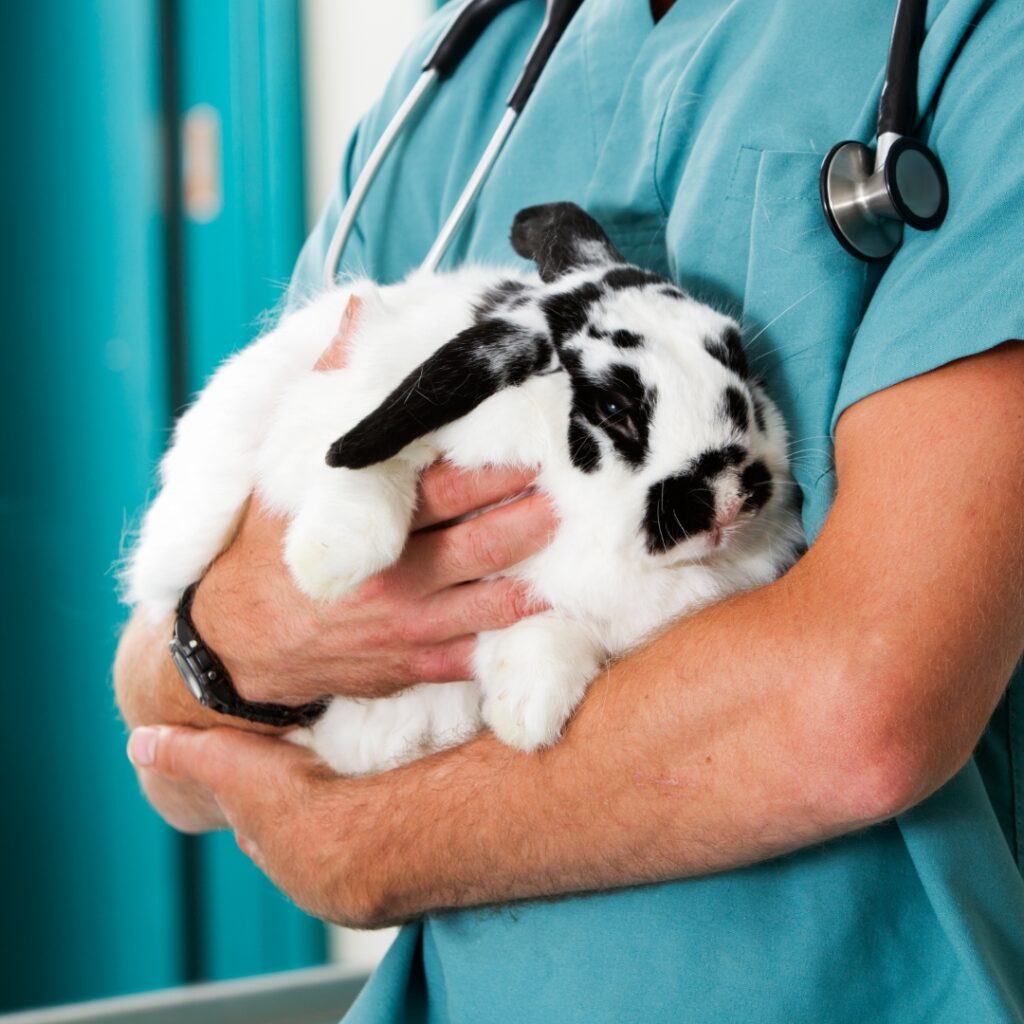Dis Temper is makin’ me crazy!!!
Recently there have been reports of an uncommon disease outbreak in NSW with 2 confirmed cases of Distemper in dogs. Distemper is a nasty viral disease that attacks the respiratory and gastrointestinal system and ultimately the central neurological system, causing encephalitis (inflammation of the brain). There is no treatment, and the disease is often fatal.
I say “uncommon” because its distribution is generally found in rural areas with unvaccinated dogs and possible exposure to populations of wild dogs, foxes or dingoes that may be carriers for the virus. I have been a veterinarian for 25 years and I have not seen a single case. I consider myself lucky for never having to inform someone that their pet has a preventable illness that I cannot cure.
And that’s the main point: Distemper is a preventable illness. Vaccination gives us the greatest chance of protection against this virus.
The distemper virus comes from a genus known as Morbillivirus, and it is an unencapsulated virus. It lacks a protective coating so it will die outside of ideal conditions, and does not survive outside the dog for more than a few hours.
These simple points of protection by vaccinating your pet through a full series as a puppy, and continuing to adulthood, and reducing exposure to unvaccinated dog populations are the key to reducing and eliminating this virus from risk to your pet. When we allow any population of dogs to remain unvaccinated, this will increase the risk that the distemper virus can gain hold and cause disease.
In addition to maintaining protection by vaccination, there are a few key points about the virus and how it operates that are crucial.
Firstly, the virus is spread mainly by droplet transmission. So nasal secretions or sneezing are thought to be the mechanism by which it spreads from dog to dog. Mutual grooming may also be an avenue for virus spread.
Secondly, in any population, approximately 50-75% of dogs exposed to the virus will hold a subclinical infection and become carriers. This is the danger! A sub-clinical infection means the animal has the virus in its system, and yet, it shows no signs of disease!
In this state, a “normal” appearing dog can harbour the virus and continue to shed the virus to infect other dogs. We most commonly see this in rural breeding dogs where the mother or bitch has a subclinical infection. When they have pups, the puppies are born having acquired the virus during the pregnancy or in the early stages of life. The result is a litter of infected pups. Puppies not clinically affected remain at risk of becoming carriers and so the whole litter may die or be put to sleep.
This tragedy of disease and virus spread can be averted by regular vaccination program. And although this disease remains “uncommon”, we must be on alert to ensure it is reduced or eradicated.





